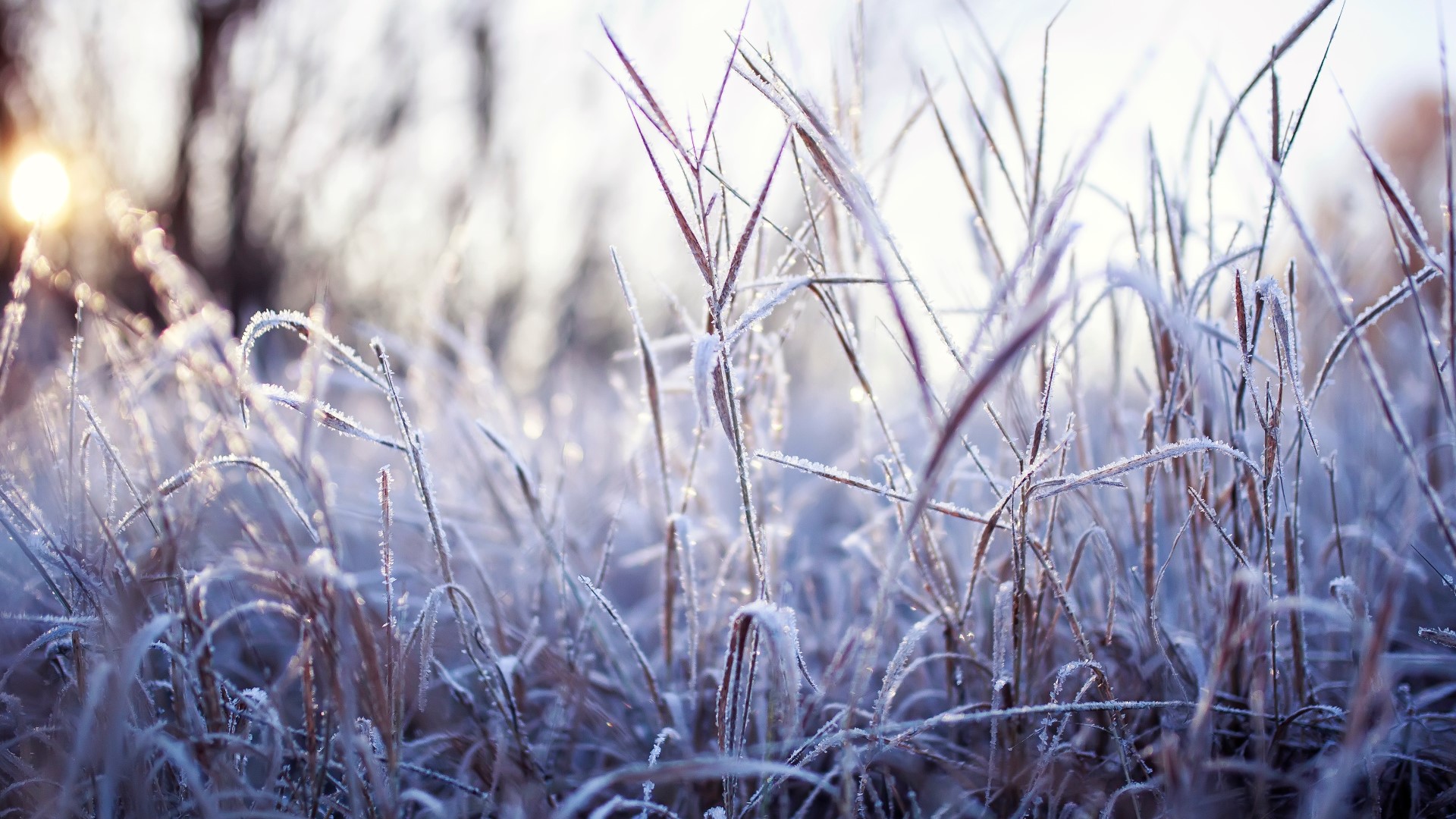LOUISVILLE, Ky. — We've entered frost season in Louisville. While some of our rural communities have already seen a few frosts, Louisville's average first frost and freeze is later because of how urbanized the city is -- something that holds true for most cities in the United States.
On average, Louisville experiences its first frost right before Halloween, with its first freeze coming within the first week of November.
Let's talk about how frost comes into existence. There are two types of frost: depositional (also known as white or hoar frost), and frozen dew.
In order for frost to form, ground temperatures need to be at or below freezing...but sometimes the air temperature is above freezing. Let's say that's 36°F around 5 feet above the surface. As temperatures fall overnight, colder air sinks to the ground because it's more dense...so even though the air temperature might be above freezing, the ground temperature can be below freezing.
Next, there needs to be moisture in the air and on the ground. This is when the dew point - the temperature air must cool to condense water vapor - comes into play. If the temperature and dew point are at freezing, water molecules can freeze when they come in contact with a frozen surface, forming frost.
If the dew point is below freezing, water vapor can go directly from the gaseous to solid state. This is that depositional frost.
The most favorable conditions for frost include clear skies overnight with light wind, a high enough moisture content, and temperatures in the 30s.
You may have noticed some mornings it's easier to scrape frost off your windshield than others. That's again because of temperature.
If the surface temperature is near freezing -- say 28 to 32 degrees -- ice is much easier to get rid of because the molecular bonds that hold ice together is weaker than at colder temperatures. If the surface temperature drops into the middle 20s, the bonds become stronger and the ice is harder to remove.
There's also frozen dew, which is a little bit different. Dew forms when the temperature equals the dew point. If the ground then cools below freezing, that dew freezes over.
►Contact meteorologist Alden German at AGerman@whas11.com or on Facebook or Twitter
►Make it easy to keep up-to-date with more stories like this. Download the WHAS11 News app now. For Apple or Android users.
Have a news tip? Email assign@whas11.com, or visit our Facebook page or Twitter feed.
RELATED VIDEO

